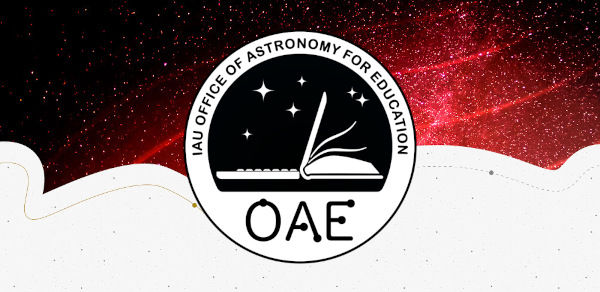This page describes an image Europa
Image caption:
This image taken by NASA's Galileo space probe in September 1996 shows Jupiter's ice-covered satellite, Europa, in approximate natural color. Long, dark lines are fractures in the crust, some of which are more than 3,000 kilometers (1,850 miles) long. The bright feature containing a central dark spot in the lower third of the image is a young impact crater some 50 kilometers (31 miles) in diameter. Europa is about 3,160 kilometers (1,950 miles) in diameter, or about the size of Earth's moon.
Scroll to captions in other languages
Image credit:
NASA/JPL/DLR
Related glossary terms:
Galilean Satellites
, Moons
Categories:
Solar System
Image license: Public Domain Public Domain icons
The media file captions presented on the OAE website were written, translated and reviewed by a collective effort from the OAE, the OAE Centers and Nodes, the OAE National Astronomy Education Coordinators (NAECs) and other volunteers. You can find a full list of credits for our translation project here. All media file captions are released under a Creative Commons CC BY-4.0 license and should be credited to "IAU OAE". The media files themselves may have different licenses (see above) and should be credited as listed above under "credit".
Captions in Different Languages:
Image caption: Cette image prise par la sonde spatiale Galileo de la NASA en septembre 1996 montre le satellite de Jupiter recouvert de glace, Europe, dans sa couleur naturelle approximative. Les longues lignes sombres représentent des fractures dans la croûte, dont certaines font plus de 3 000 kilomètres de long. L'élément brillant contenant une tache sombre centrale dans le tiers inférieur de l'image est un jeune cratère d'impact d'environ 50 kilomètres de diamètre. Europa a un diamètre d'environ 3 160 km, soit à peu près la taille de la Lune.
Image credit: NASA/JPL/DLR
Related glossary terms: Lunes , Satellites galiléens Caption translation status: Not yet approved by a reviewer
Caption translators: Gilles Remy
Image caption: Questa immagine, scattata dalla sonda spaziale Galileo della NASA nel settembre 1996, mostra il satellite di Giove ricoperto di ghiaccio, Europa, con un colore approssimativamente al naturale. Le lunghe linee scure sono fratture nella crosta, alcune delle quali sono lunghe più di 3.000 chilometri (1.850 miglia). L'elemento luminoso contenente una macchia scura centrale nel terzo inferiore dell'immagine è un giovane cratere da impatto di circa 50 chilometri (31 miglia) di diametro. Europa ha un diametro di circa 3.160 chilometri (1.950 miglia), all'incirca le dimensioni della Luna.
Image credit: NASA/JPL/DLR
Related glossary terms: Lune , Satelliti galileiani Caption translation status: Approved by a reviewer
Caption translators: Giuliana Giobbi
Caption reviewers: Rosa Valiante, Rodolfo Canestrari









